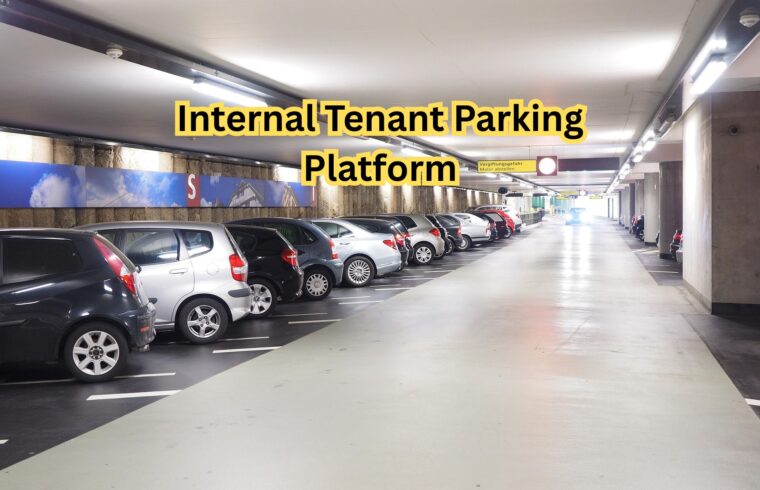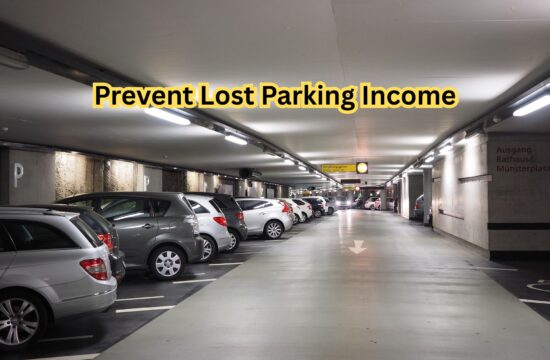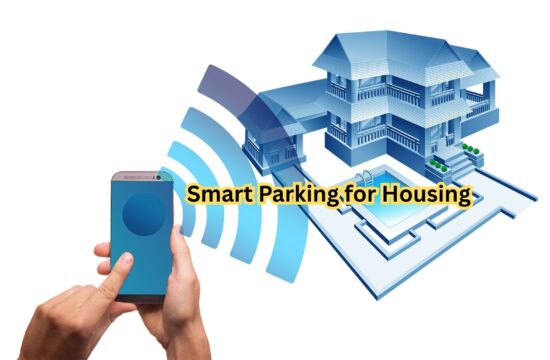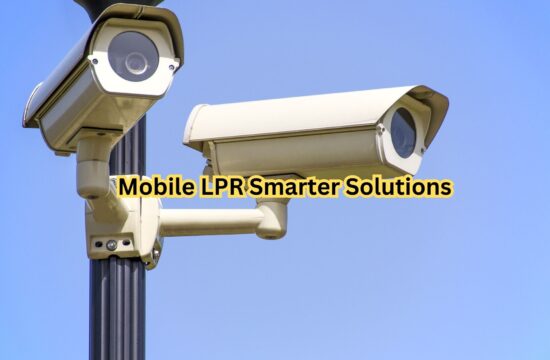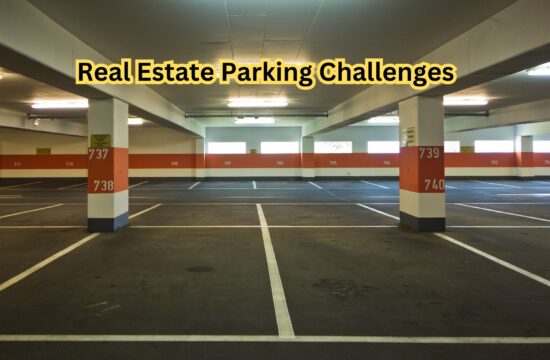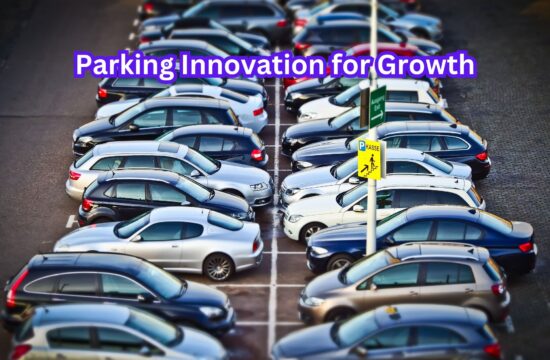Managing parking spots in residential or business buildings can be challenging, especially with multiple occupants. An Internal Tenant Parking Platform provides a centralized, digital solution to streamline the allocation and management of parking spots within a building complex. By using an Internal Tenant Parking Platform, property managers can ensure fair usage, reduce disputes, and improve overall efficiency. Whether it’s a residential society or a commercial property, adopting an Internal Tenant Parking Platform can significantly enhance the parking experience for all tenants.
What is an Internal Tenant Parking Platform?
A software-based tool called an internal tenant parking platform is intended to assist housing societies, building managers, and landlords in effectively allocating and keeping track of tenants parking spaces. Through an easy-to-use digital interface, it guarantees that tenants may make reservations, verify availability, or voice concerns about their parking space.
Key Features and Functionalities
Tenant registration, automated slot assignments, real-time parking availability tracking, and unapproved parking warnings are all common features of these solutions. Analytics, entry/exit tracking, and connectivity with RFID tags or boom barriers are additional features that some sophisticated systems might offer.
Benefits for Tenants and Management
Building managers get better oversight, time savings, and fewer conflicts, while tenants benefit from structured, assured parking and less hassles. The platform improves overall tenant happiness, decreases parking usage, and does away with manual record-keeping.
Integration with Smart Building Systems
Smart building technologies like mobile apps, IoT sensors, and security cameras can be connected to contemporary parking platforms. Tenants can use their cellphones to manage gate access, get notifications, and get parking updates in a seamless experience.
Customization and Scalability
Any home or commercial building’s size and requirements can be accommodated by customizing these platforms. The platform can scale to accommodate any size of building while preserving usability and performance, whether it’s a multi-story business building or a tiny apartment complex.
Addressing Common Challenges
An internal platform resolves common problems like space hoarding, ambiguous assignments, and multiple parking. It creates a fair and orderly atmosphere for all renters by automating procedures and guaranteeing transparency.
Conclusion
For property managers looking to update parking operations, putting in place an internal tenants parking platform is a wise choice. It is a wise investment in property management since it improves the total tenant experience in addition to increasing efficiency and security.

